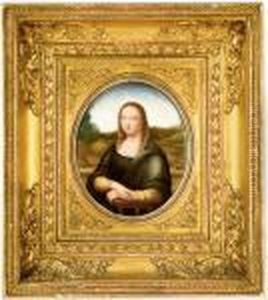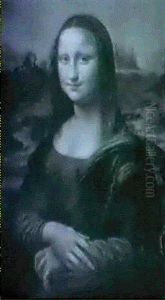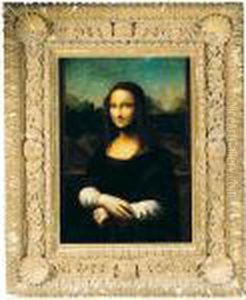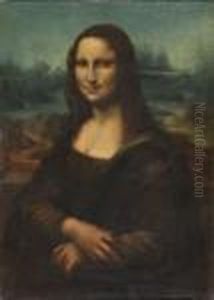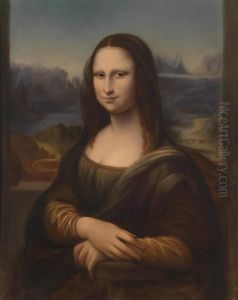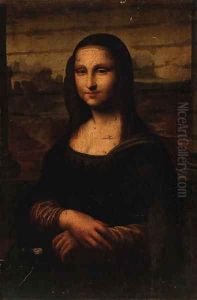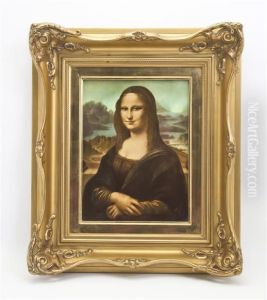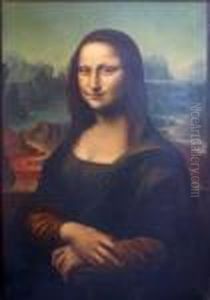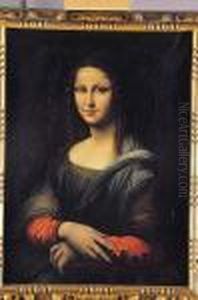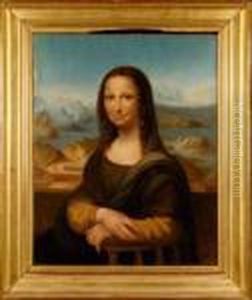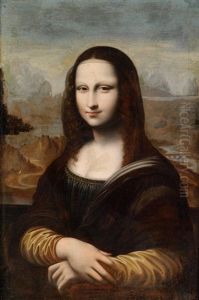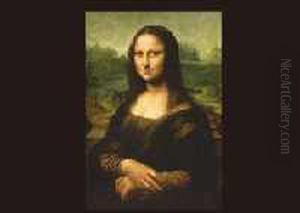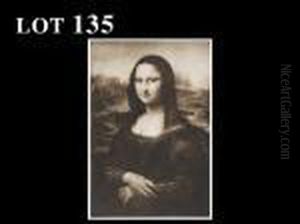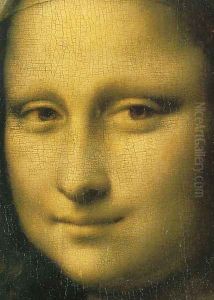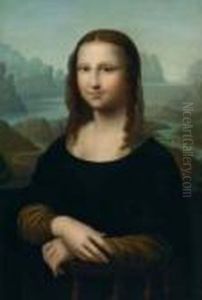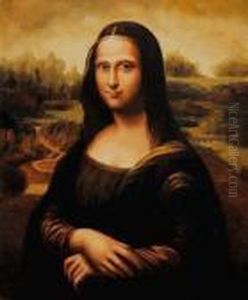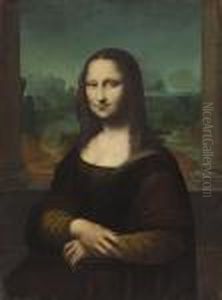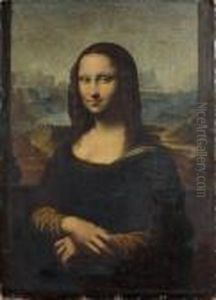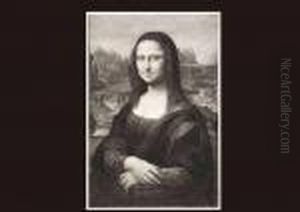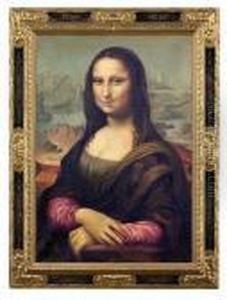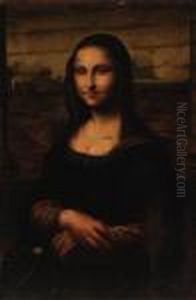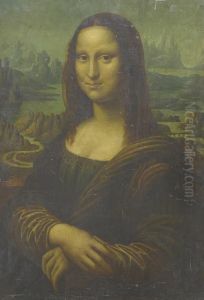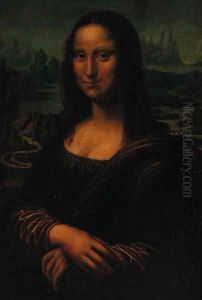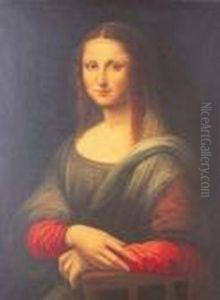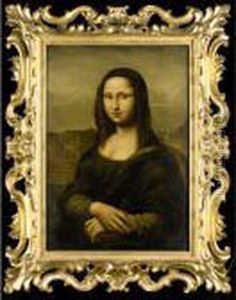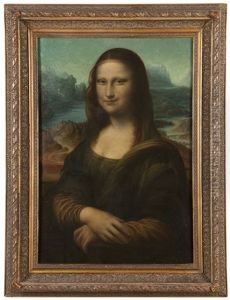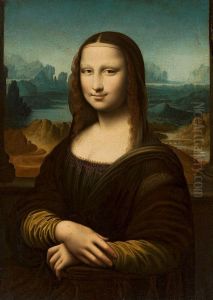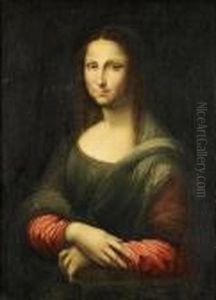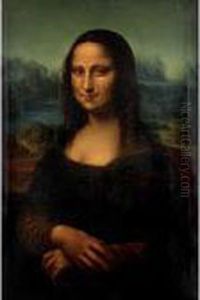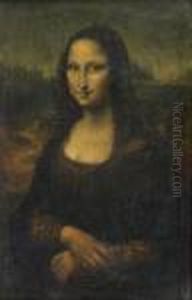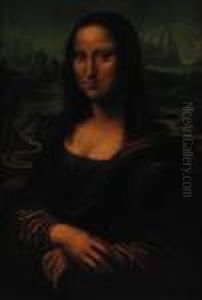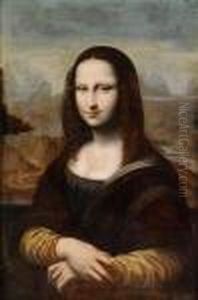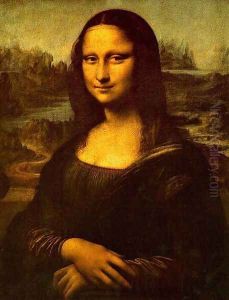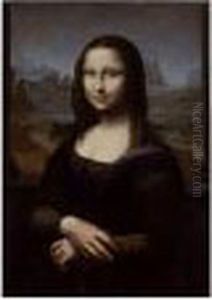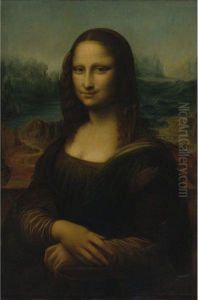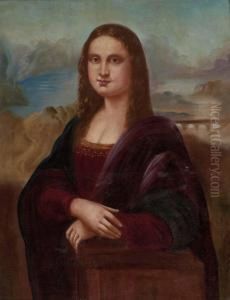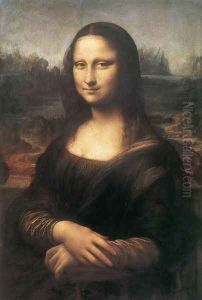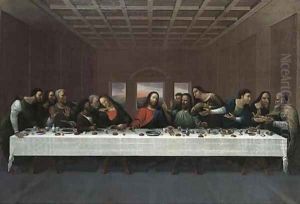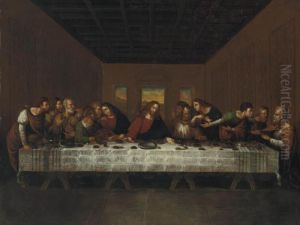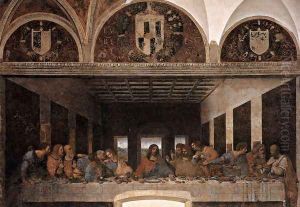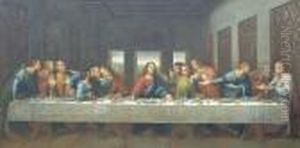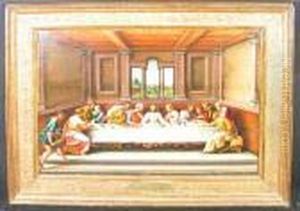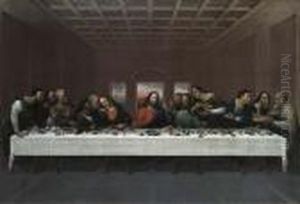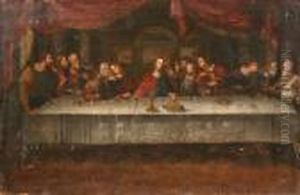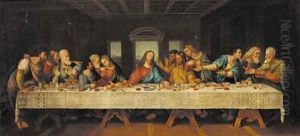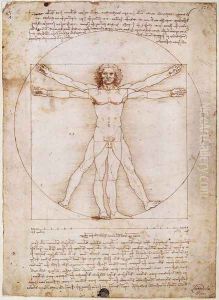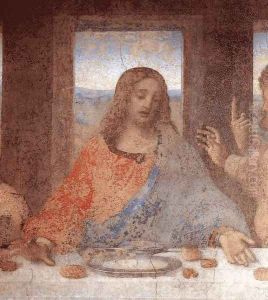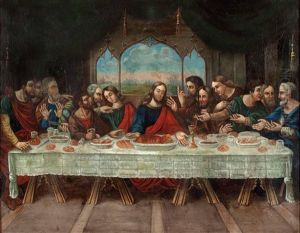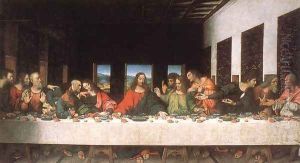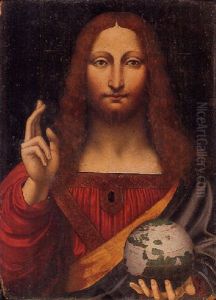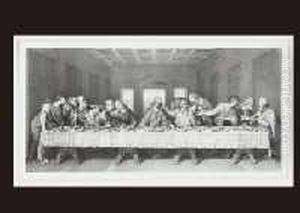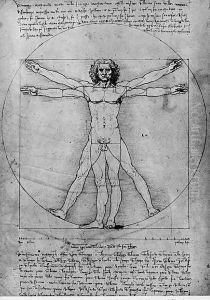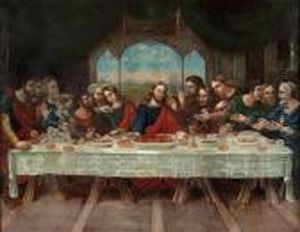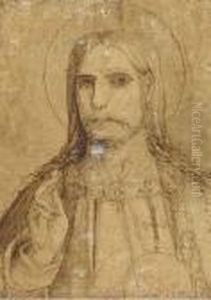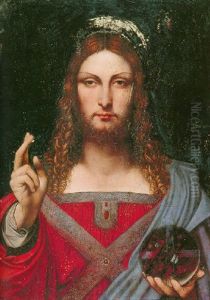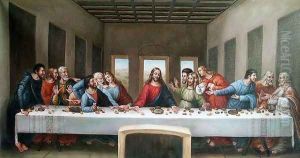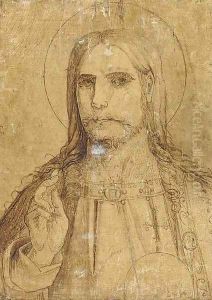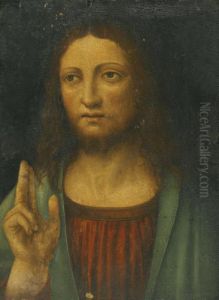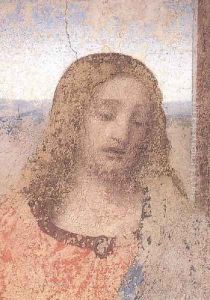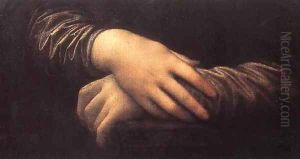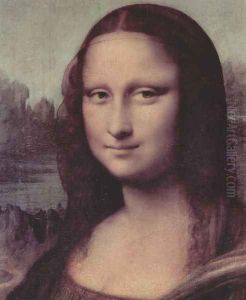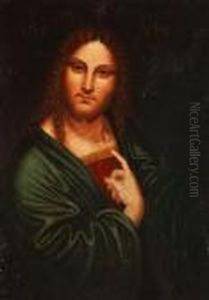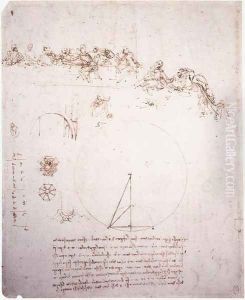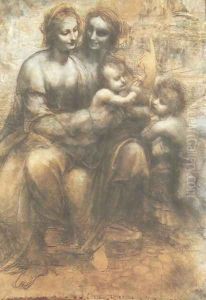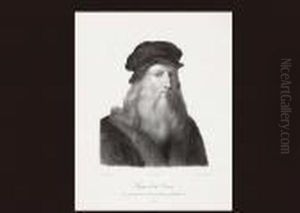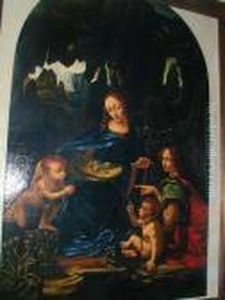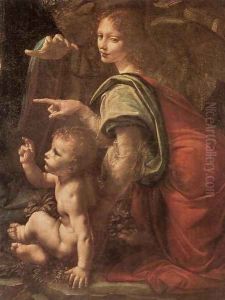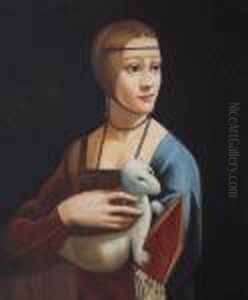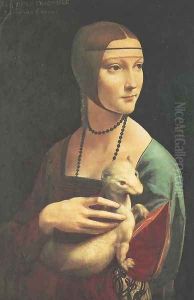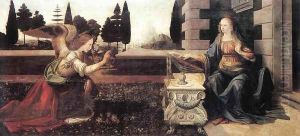Leonardo Da Vinci Paintings
Leonardo da Vinci, born on April 15, 1452, in Vinci, Italy, was a polymath whose areas of interest included invention, painting, sculpting, architecture, science, music, mathematics, engineering, literature, anatomy, geology, astronomy, botany, writing, history, and cartography. He is widely considered one of the greatest painters of all time and perhaps the most diversely talented person ever to have lived. His genius, perhaps more than that of any other figure, epitomized the Renaissance humanist ideal.
Leonardo was the illegitimate son of Messer Piero Fruosino di Antonio da Vinci, a Florentine notary, and Caterina, a peasant. Little is known about his early life, which has been the subject of historic conjecture. He spent his first five years in the hamlet of Anchiano with his mother, then from 1457 lived in the household of his father, grandparents, and uncle in the small town of Vinci.
At the age of 14, Leonardo began an apprenticeship with the artist Andrea del Verrocchio in Florence. During his time at Verrocchio's workshop, he acquired a variety of artistic skills. He was exposed to both theoretical training and a wide range of technical skills, including drafting, chemistry, metallurgy, metal working, plaster casting, leather working, mechanics, and woodworking. By the age of 20, Leonardo qualified as a master in the Guild of Saint Luke, the guild of artists and doctors of medicine.
Leonardo's artistic output is vast, with his most famous paintings including the 'Mona Lisa', which is renowned for its enigmatic smile, and the 'Last Supper', which captures the moment of Jesus announcing that one of his twelve disciples would betray him. His painting techniques, particularly in the use of sfumato and chiaroscuro, were revolutionary.
Beyond painting, Leonardo was deeply interested in science and nature, which informed his art. His observations and inventions were recorded in thousands of pages of notes and drawings. His approach to science was observational: he tried to understand a phenomenon by describing and depicting it in utmost detail. Some of his anatomical drawings, for example, were hundreds of years ahead of their time and would still be used as reference in the 19th century.
Leonardo's interests also extended to engineering, and he designed a number of machines that were technologically advanced for his time, including flying machines and war engines. However, many of these inventions were not built during his lifetime, and his ideas remained sketches and plans.
Leonardo spent the last years of his life in France, at the home awarded to him by Francis I. He died at Clos Lucé, on May 2, 1519. Today, Leonardo is remembered not just as an artist, but as an icon of the Renaissance and a man who embodied the spirit of curiosity and the quest for knowledge that were hallmarks of the era.
![Mona Lisa [detail: 3] (or La Gioconda)](https://www.niceartgallery.com/imgs/145134/s/leonardo-da-vinci-mona-lisa-detail-3-or-la-gioconda-ab6e1f85.jpg)
